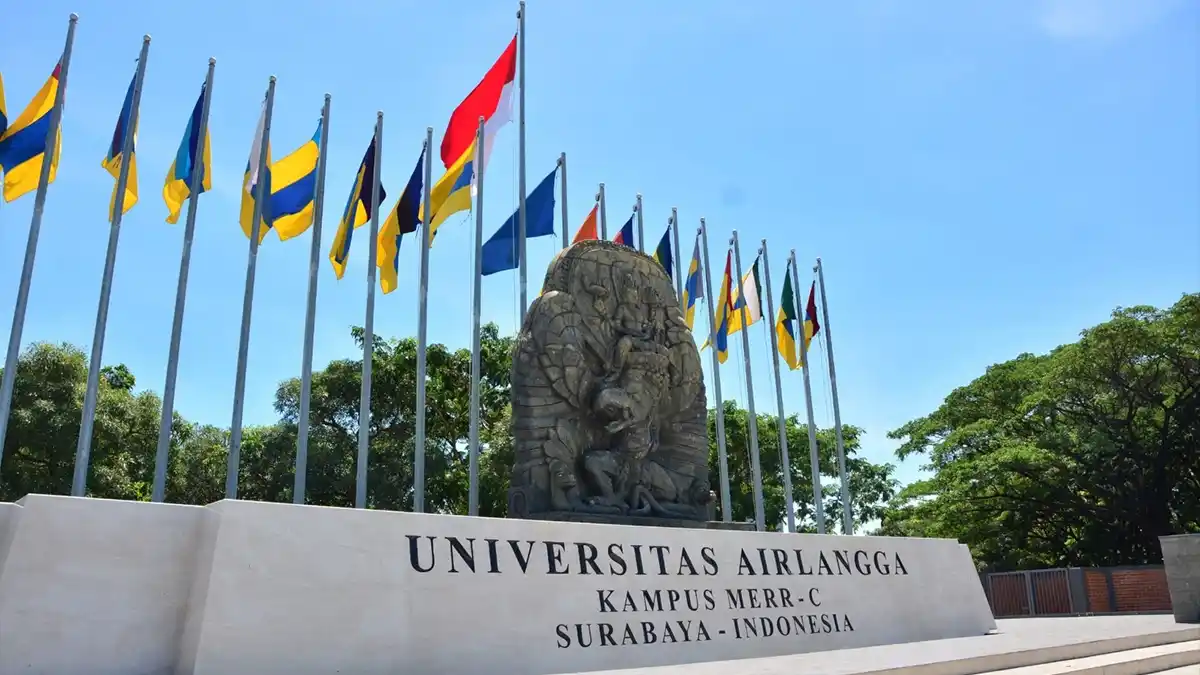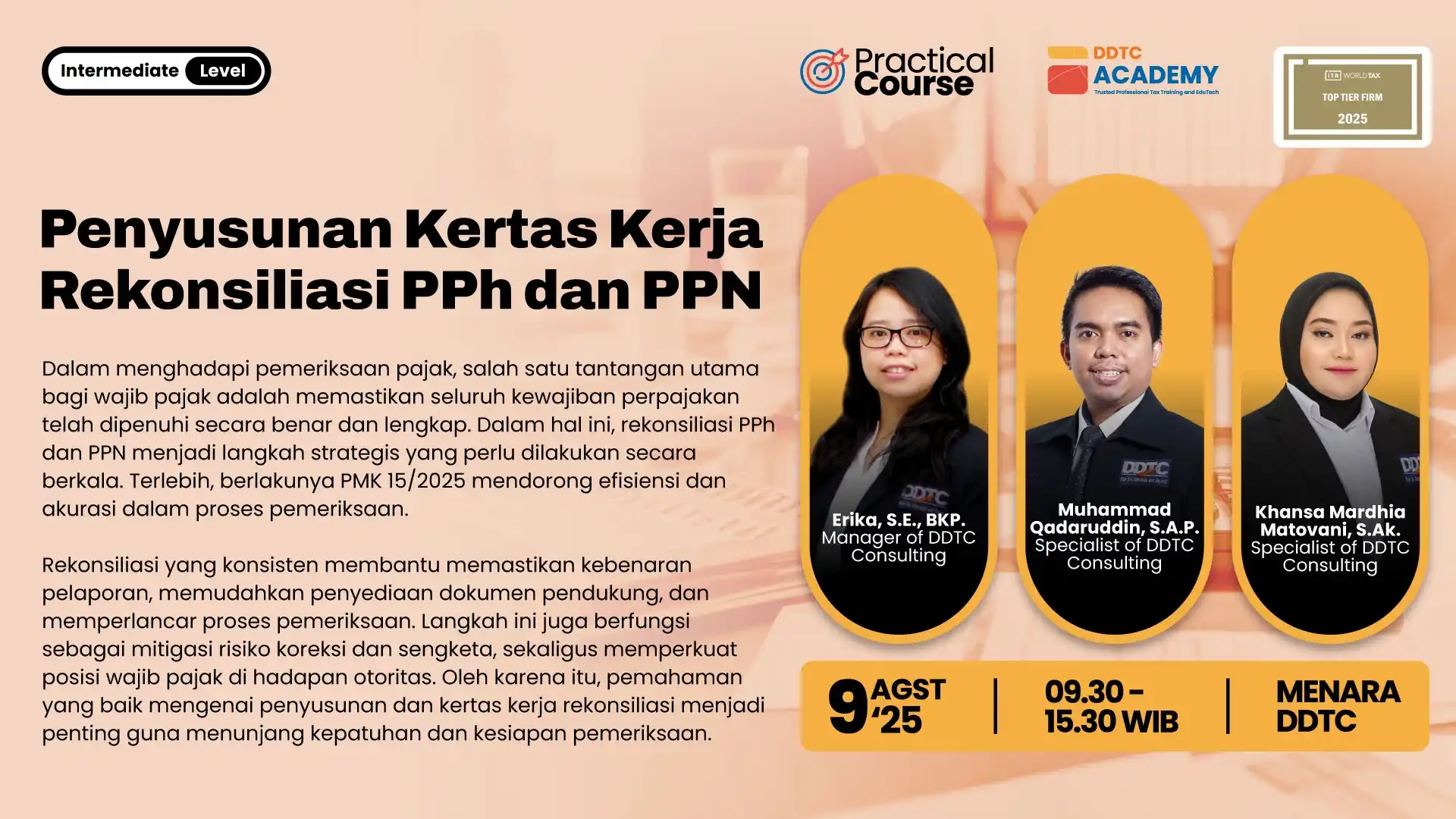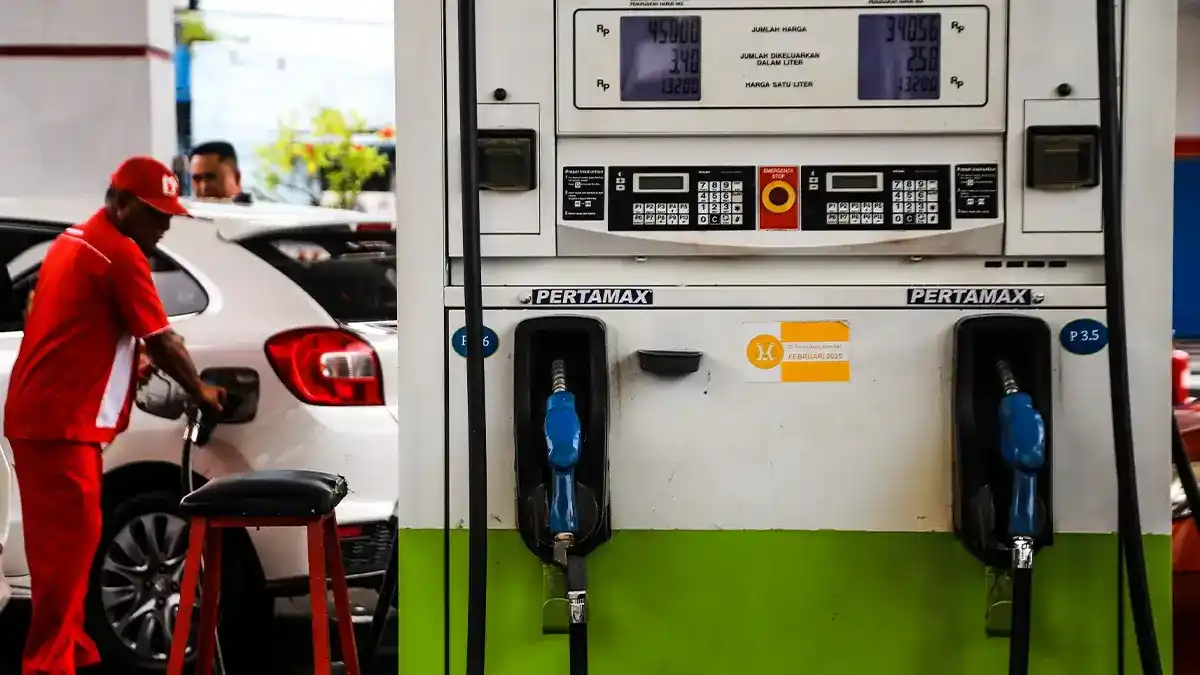Uniform Annual Tax Return Form Requires Detailed Asset Reporting

JAKARTA, DDTCNews - The issuance of the Director General of Taxes Regulation PER-11/PJ/2025 has amended a wide range of tax administrative provisions, including the standardisation of the annual return (surat pemberitahuan/SPT in Indonesian) form for individual taxpayers, reducing it from 3 types to just 1.
The simplification of the form and format of the annual tax return has become a focal point of taxpayers’ interest in the past week.
Pursuant to PER-11/PJ/2025, individual taxpayers, both employees and non-employees, are now required to file the calculation and payment of their income tax payable using a single standardised annual tax return form as per the format outlined in Appendix G of the director general regulation.
“The Annual Income Tax Return for individual Taxpayers ... is prepared as per the sample format; and is completed according to instructions for the completion listed in Appendix letter G... of this Director General Regulation,” reads Article 83 paragraph (2) of PER-11/PJ/2025.
Referring to Article 83 paragraph (1) of PER-11/PJ/2025, the annual tax return for individual taxpayers consists of the master and 5 copies of attachments.
The filing of the annual tax return starts with completing the taxpayer’s identity in Section A followed by answering a number of questions and fields in Section B to Section I.
All individual taxpayers are now required to complete only Attachment 1 Section A, which pertains to assets at the end of the year and Attachment 1 Section C, which includes a list of dependants.
On another note, pursuant to the former provisions, individual taxpayers were obliged to file and account for the calculation and payment of income tax using different forms, i.e., 1770, 1770 S or 1770 SS annual tax returns.
Form 1770 applied to taxpayers deriving income from business activities or independent personal services, form 1770 S to employees and form 1770 S to employees with gross income not exceeding IDR60 million annually.
In addition, under PER-11/PJ/2025, individual taxpayers must now report additional types of asset-related information in their annual tax returns.
Individual taxpayers are now required to file assets in 7 different tables, namely cash and cash equivalents, receivables, investments/securities, movable assets, immovable assets, other assets and overview of assets.
“Assets refer to the accumulation of additional economic capacity in the form of all assets, either tangible or intangible, either movable or immovable, either those used for business and non-business, located within and/or outside the territory of Indonesia,” reads Appendix G of PER-11/PJ/2025.
The seven tables above are located in Attachment 1 Section A (Assets at the End of the Tax Year) of the annual tax return, which must be filled out by all individual taxpayers without exception.
Other than these requirements, several other topics related to the provisions under PER-11/PJ/2025 and PER-8/PJ/2025 are also noteworthy. These include the addition of attachments to the corporate annual tax return, requirements for the reduction of Income Tax Article 25 instalments, procedures for changing bookkeeping methods and the extension of the annual tax return filing deadline.
Below is a full review of the tax articles.
The Number of Annual Tax Return Attachments Increases
PER-11/PJ/2025 also provides for an increase in the number of attachments to the annual tax return for corporate taxpayers.
Referring to Article 85 paragraph (1) subparagraph b of PER-11/PJ/2025, there are 22 types of annual tax return attachments that may need to be completed, depending on whether corporate taxpayers fulfil the prevailing criteria.
“The Annual Income Tax Return for Corporate Taxpayers in rupiah referred to in paragraph (1)): is prepared as per the sample format; and is completed according to instructions for the completion ...,” reads Article 85 paragraph (2) of PER-11/PJ/2025.
Requirements for the Reduction of Article 25 Income Tax Installment
The Directorate General of Taxes (DGT) outlines the conditions for taxpayers applying for a reduction in Article 25 Income Tax instalments through PER-11/PJ/2025.
Referring to Article 119 paragraph (1) of PER-11/PJ/2025, the application for a reduction in Article 25 Income Tax instalments must be accompanied by the calculation of the income tax that will be payable based on the estimated income and Article 25 Income Tax for the remaining months.
Moreover, taxpayers must also satisfy other criteria, including having filed the annual income tax return for the last 2 tax years and periodic VAT returns for the last 3 taxable periods.
Mechanisms of Changes in the Bookkeeping Method
The DGT clarifies the provisions on the application for changes in the accounting method and/or accounting year under the coretax system through the Director General of Taxes Regulation PER-8/PJ/2025.
Through the regulation, the DGT reiterates that taxpayers must maintain bookkeeping consistently as per the consistency principle. However, changes in the bookkeeping method and/or accounting year are allowed insofar as the taxpayer obtains approval from the director general of taxes.
“Changes to the bookkeeping method and/or accounting year may be conducted by a taxpayer by applying to the director general of taxes,” reads Article 10 paragraph (2) of PER-8/PJ/2025.
Extension of Annual Tax Return Filing
PER-11/PJ/2025 also stipulates the provisions on the extension of the annual income tax return filing period for a maximum of 2 months from the filing deadline of the annual income tax return.
Referring to Article 97 paragraph (1), a taxpayer extends the annual income tax return filing period by submitting the notification of the extension of the annual income tax return filing period to the Directorate General of Taxes (DGT).
The Director General of Taxes will issue a notice of the extension of the Annual Income Tax Return filing period no later than 5 business days after the proof of receipt is issued. (sap)
Cek berita dan artikel yang lain di Google News.

























































